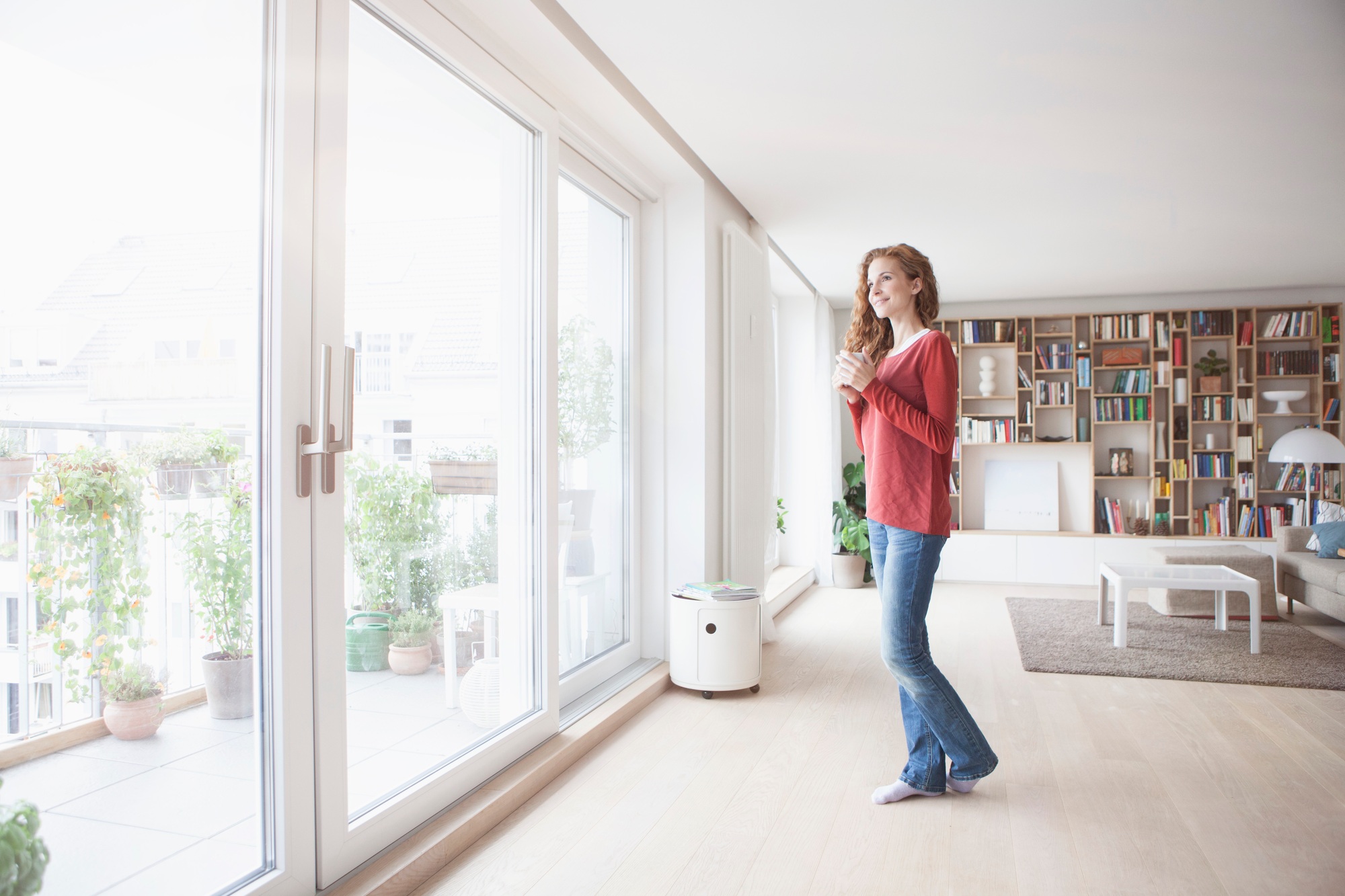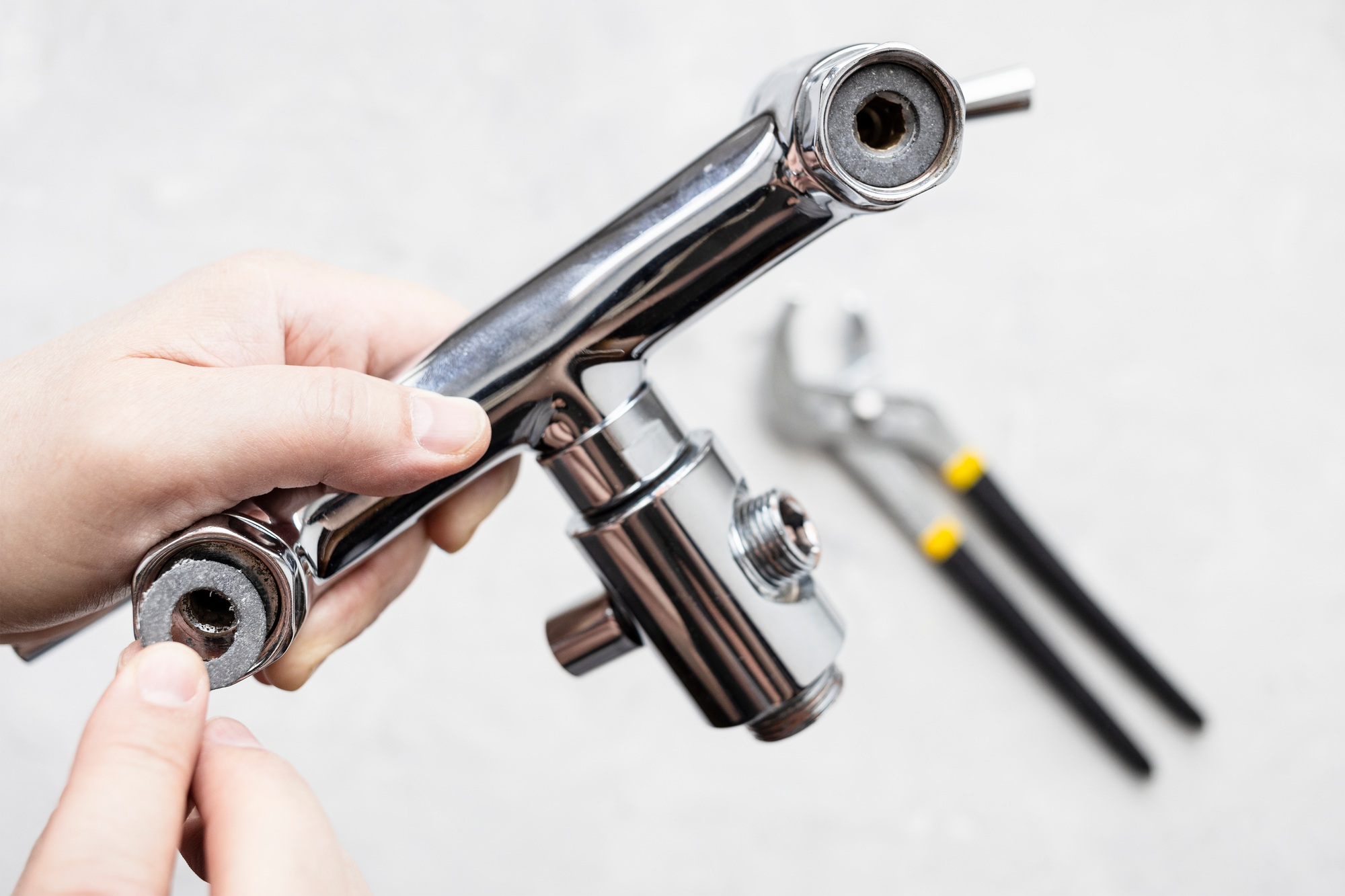Upgrading your windows can make a significant difference in your home’s energy efficiency, reducing utility bills and boosting comfort. Energy-efficient windows not only enhance your home’s insulation but also help regulate temperature fluctuations, minimize drafts, and reduce noise. But with so many options available, it’s important to know what to look for before you make an investment. Here’s everything you need to know about energy-efficient windows.
1. Understanding Energy-Efficient Window Features
Energy-efficient windows are designed to prevent heat from escaping in winter and keep the interior cool during the summer. Here are the key features that contribute to their effectiveness:
Insulating Glass
Modern windows often use double or triple panes of glass. The space between these panes is filled with air or gas (like argon or krypton), which helps to insulate your home. The more panes, the better the insulation, and triple-pane windows can reduce heat transfer significantly more than double-pane windows.
Low-Emissivity (Low-E) Coatings
Low-E coatings are thin, transparent layers of metal oxide that reflect heat back into the room while allowing light to pass through. These coatings help maintain a consistent indoor temperature by reducing heat transfer. Windows with Low-E coatings are particularly beneficial in regions with extreme weather conditions.
Window Frame Material
The material of your window frame plays a big role in overall energy efficiency. Common materials include:
- Vinyl: Known for being low-maintenance and energy-efficient, vinyl frames are good insulators and can be a cost-effective choice.
- Wood: Wood is naturally insulating, making it a great choice for energy efficiency, though it requires more maintenance than vinyl.
- Fiberglass: This material is durable, low-maintenance, and has excellent insulating properties, but it can be more expensive than vinyl or wood.
- Aluminum: While aluminum is a durable material, it tends to conduct heat, so it’s often paired with a thermal break to enhance its insulation properties.
Gas Fills
Many energy-efficient windows are filled with gas like argon or krypton between the panes to reduce heat transfer. These gases have lower thermal conductivity compared to air, meaning they act as a barrier to heat flow, improving the window’s insulation.
2. How to Choose the Right Energy-Efficient Windows
Choosing the right windows for your home requires considering your climate, budget, and energy goals. Here are some tips to help you choose the best option:
Consider Your Climate
Your local climate plays a significant role in the type of window you should choose. For colder climates, you may want windows with better insulation properties, such as triple-pane windows. In warmer climates, windows with reflective coatings and low-emissivity coatings that block heat gain can be more beneficial.
Look for the ENERGY STAR Label
The ENERGY STAR label is a good indicator that a window meets or exceeds energy efficiency standards. Windows with this certification are designed to reduce heating and cooling costs, making them a great investment for energy-conscious homeowners. Be sure to look for this label when purchasing windows.
U-Factor and Solar Heat Gain Coefficient (SHGC)
The U-factor measures how well a window insulates. A lower U-factor means better insulation. The Solar Heat Gain Coefficient (SHGC) measures how much heat is transferred through the window from the sun. For hotter climates, choose windows with a low SHGC to block excess heat. For colder climates, a higher SHGC can help capture and retain heat from the sun during winter.
3. The Benefits of Energy-Efficient Windows
Investing in energy-efficient windows brings a variety of benefits to homeowners. Here’s how new windows can improve your home:
Lower Energy Bills
By reducing heat transfer, energy-efficient windows make it easier for your HVAC system to maintain a comfortable indoor temperature, leading to lower energy consumption and reduced heating and cooling costs.
Improved Comfort
These windows help regulate the temperature inside your home, making it more comfortable year-round. You’ll experience fewer cold drafts in the winter and less heat buildup in the summer, ensuring your home remains cozy.
Noise Reduction
Energy-efficient windows can help reduce outside noise, making them an excellent choice for homes located near busy streets or noisy environments. The added insulation helps keep unwanted sounds out, creating a quieter indoor space.
Increased Home Value
Upgrading to energy-efficient windows can increase the value of your home, making it more attractive to potential buyers. Not only do they improve curb appeal, but buyers also recognize the long-term savings on energy bills, making it a smart investment.
4. The Installation Process
Proper installation is essential for the performance of your new windows. Poor installation can lead to air leaks and energy loss, undermining the efficiency of even the best windows. It’s recommended to hire a professional window installer who is experienced in energy-efficient window installation. A skilled installer will ensure that your windows are sealed tightly and perform at their maximum potential.
5. Cost Considerations
While energy-efficient windows can save you money on energy bills in the long run, the initial cost can be higher than traditional windows. However, many homeowners find that the savings on heating and cooling costs over time offset the upfront investment. Additionally, you may be eligible for rebates or tax incentives for installing energy-efficient windows, which can help reduce the overall cost.
Conclusion
Energy-efficient windows are a smart upgrade that offers both immediate and long-term benefits. From lower energy bills to increased home comfort and reduced environmental impact, these windows are worth the investment. When shopping for new windows, be sure to consider your local climate, look for the ENERGY STAR label, and choose the right materials and features to suit your home’s needs.








